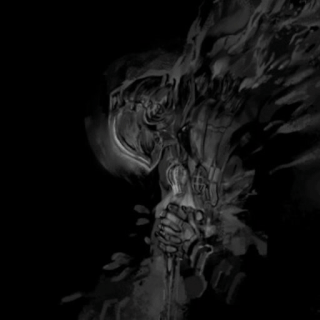

The participants were asked to compete journals describing their specific experiences in desiring things, tell personal stories in semi-structured in depth interviews. The research is qualitative and interpretive, collected in Urban environments in Turkey, USA and Denmark. Social control of consumer desire, the ideas of sin and viceĪfter covering the topic literature the journal moves onto the method for conducting its research.Embracing and controlling desire, including the ideas of nurturing desire, arguing and bargaining with ourselves, dieting and physical activities and indulgence.Perpetual near-desire which states the attractive commodity can never fulfill our desires.Marker goods, define our belonging to one group rather than another.Mimetic desire, our rivals desire alerts us to the desirability of an object and the battle for prestige.Envy Deflecting mechanisms, such as sharing.The Envy theory of needs, we want what others have.The Utilitarian view which dominates economics.The Neo-Marxist view that desire drives capitalist consumption.The psychoanalytic view of desire as an unconscious longing for material love that was frustrated during childhood and Freuds view that sexual desire is the overarching source for other forms of desire.Desire within a social template, how our desires are influenced by society.Other key themes studies in relation to desire in the journal are: The paper also describes work that studies consumer strategies and efforts to control emotional urges. The journal critically examines other literature that touches upon desire including Campbell (1987) who suggests a cycle in which consumers savor desire as an anticipatory pleasure. The idea of self gifts is also analysed and compared to compulsive consumption as in both cases the object itself is often secondary compared to the process of obtaining. It explains the idea of consumer seduction and how often it is “the object and not the marketer that is the seducer,” and this is an alternative to the “rationality of contemporary society”. It states consumption is becoming more playful and links and differentiates desire from impulse consumption and compulsive consumption. When looking at why the consumer doesn’t feel a victim of advertising and marketing strategies the paper focuses on the topic of passionate consumption. It goes on to state that we as communicators can be seen as “sorcerers helping to enchant these goods” and consumers act as our apprentices by window shopping, daydreaming and fantasising about goods. It goes into deep discussion about the definition of desire and emphasises that desires are a “hot, passionate emotion quite different from the dispassionate discourse of fulfilling wants and needs”. The paper argues that “desire is the motivating force behind much of contemporary consumption” yet there are huge amounts of research surrounding the topic but nothing in existence that focuses specifically on desire.

The Fire of Desire: A Multisited Inquiry into consumer passion.


 0 kommentar(er)
0 kommentar(er)
